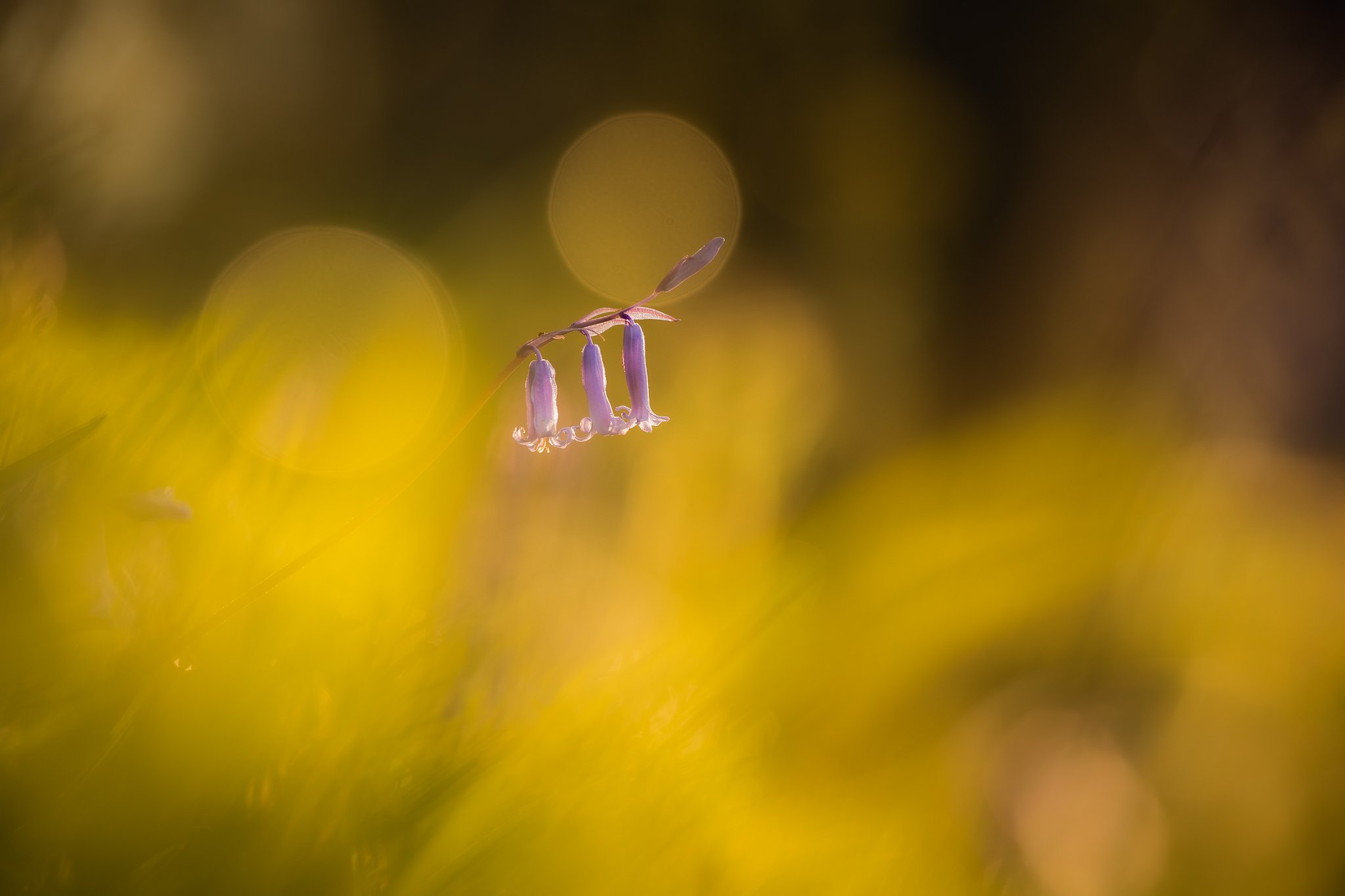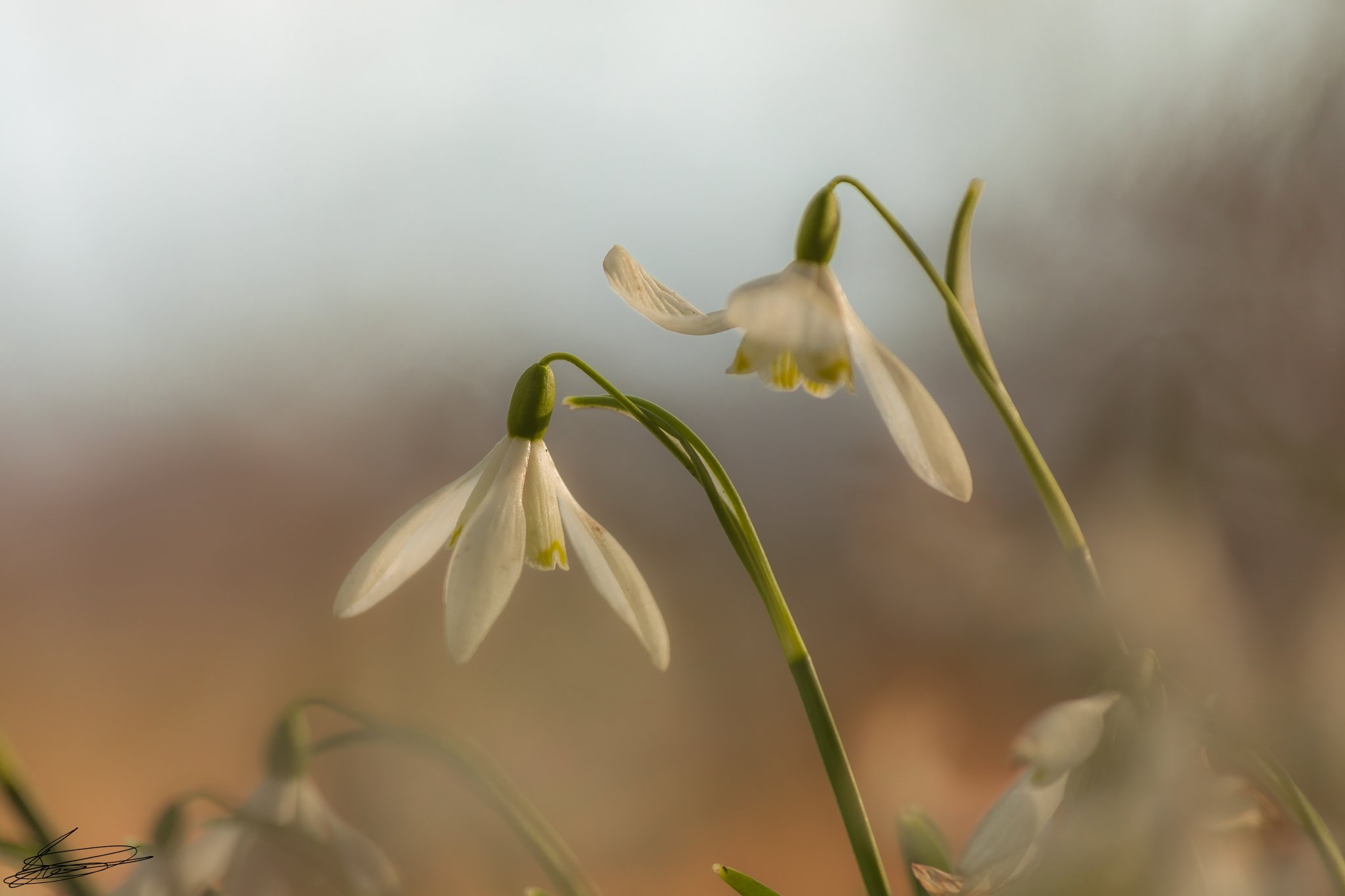12 Tips on How to Photograph Spring Wildflowers
It’s that time of year again when those beautiful and colourful wildflowers spring up from their long season of rest. I for one absolutely love the springtime after a long, cold and dark winter and I especially enjoy the new lease of life that I get for photography during the spring months.
In this article, I want to go over some of my tips that might be able to help you to improve your own wildflower photography so that you can go out and enjoy some beautiful hours in the woodland this spring.
The best thing about wildflower photography is that you don’t even have to travel far to come up with a diverse portfolio of photographs. All of the photos that I will be sharing in this article were taken around my local town of Welshpool here in the beautiful rolling hills of Mid Wales.
I hope you enjoy the following points, I will keep them very short and sweet which will give you more time outside enjoying the beautiful spring sunshine.
Ok, lets get straight into it:
Get Low for a Unique Angle
Don’t be afraid to get dirty. Drop down to eye level for a unique view of your chosen subjects. Pick a wildflower that has plenty of open space behind to create some beautiful depth in your photographs.
A snowdrop in the snow and early morning sunlight.
2.Use a wide open aperture
Something like f/2.8 or f/4 will help to soften the background, helping to add further depth to your photographs and bring the wildflower into clear focus. You can also place some subjects in the foreground to create extra depth and layers to your photograph.
A couple of snowdrops appear to be floating in the soft, morning light.
3. Find a Clear subject
Find a wildflower that stands out amongst the crowd. Here I picked out a rare white bluebell amongst a field of common bluebells. Everybody loves the misfit, right?
White bluebell among a field of bluebells.
4. Shoot in varying conditions
Early morning light is every photographers favourite, of course. Bright sunlight can often be hard to work with as the strong highlights vs dark shadows can be difficult to manage. If you head outdoors on a grey day, you’ll encounter some beautiful, even light which also provides some lovely photography conditions. What is even better is if you can use some raindrops or dew to your advantage, adding to that ‘fresh’ feeling of a spring day.
This is Volume 1 of my comprehensive 125+ page eBook that contains insights into my creative approach to landscape and nature photography. Each section has multiple examples and is applicable to all standards of photography. Whether you are looking to make a step change in your photography, or just looking for ideas to improve your compositions when out in the field, this e-Book contains the tools to help you.
The eBook contains detailed information on:
How to use different focal lengths to help tell meaningful stories in your photography.
Understanding of ‘rules’ in photography and how to break them to find and develop your own creative style.
Creating depth in your photographs using foregrounds, different apertures and light.
And many many more useful tips including bonus sections on understanding light and using emotions and storytelling.
Purchasing volume 1 of this comprehensive e-Book will give you lifetime access to further volumes that will be released as my knowledge increases and I receive feedback for customers. If you purchase this, please feel welcome to review and provide feedback so that I can make improvements to future volumes.
5. Play around with some different compositions
Sometimes, a photograph works best with a subject placed in the centre of a frame, other times it works best when you move the subject slightly left or right or even on ‘the rule of thirds’. It is up to you to decide how you think each photograph works best. This is your time to get creative and bring out the artist in you. You are free to play by your own rules.
6. Add depth by adding foreground subjects
I touched on this point before. Here, I made sure to compose this photograph with some droplets of water on the grasses in the foreground. When using a wide open aperture, the subject will be in focus, but the foreground and background will be out of focus. This kind of effect looks great in the frost too.
7. Use the soft, morning light to your advantage
Shooting directly into this golden sunlight can create some truly beautiful effects. It is also easy to manage the dynamic range between the lights and shadows of your photographs when photographing in these conditions. If you shoot into the light during midday, you often end up with an ugly, high contrast photograph with light parts that are too light, and darks that are too dark.
Greater stitchwort in the beautiful, soft morning light.
8. Choose your background colours carefully
When shooting at these kinds of focal lengths, getting very close in to your subjects, the slightest change of angles can bring in different colours to your background. Here, you can see that I composed one snowdrop in the light blue of the sky and one of them in the oranges of the light behind. These were microscopic changes in angles and I was holding my breath like a sniper in the grass to compose this.
Which leads me nicely onto the next point…
9. Shoot handheld for greater flexibility
With a wide open aperture this should ensure that you get plenty of light for a fast shutter speed. But for that extra fast snap of the shutter to ensure a sharp image when shooting at longer focal lengths, try pushing up your ISO to the 400 or even the 800 mark. In my experience, a shutter speed to match your focal length should be adequate to get a sharp photograph. So, at 100mm, a shutter speed of 1/100s should be plenty fast enough. Remember, hold that breath and act like a sniper in the grass. It’s much more fun that way.
10. Tell stories with your photographs
Remember that photography is a form of storytelling. Try to tell some stories with your photographs of flowers. To me, this wood anemone below offered some feelings of hops as it grew towards the dying embers of sunlight.
Wood anemone growing towards the burning sunlight.
11. Remove distractions from your frame
Things such as litter, broken twigs, sheep wool and loose mud can look ugly in your composition and distract the viewers eye away from your chosen subject(s). Spend a few seconds removing these from your frame which will make your life much easier when it comes to post-processing your photographs.
Buttercup in soft, evening sunlight.
12. Pick your wildflowers carefully
Find some of the flowers that are in a nice, attractive form. You can find symmetry between a pair, like I did below. But still show some love the ones that aren’t, of course :)
I really hope you enjoyed the article. Feel free to connect with me on my social media platforms if you want to see what kind of photographs I manage to create through the spring this year. You can find those at the bottom of the page.
If you would like to learn from me, be sure to join my newsletter to keep up to date with any workshops that I announce, or send me an email to enquire about my one to one tuition services.
Please feel free to add your comments below if you have anything to say or questions to ask :)












